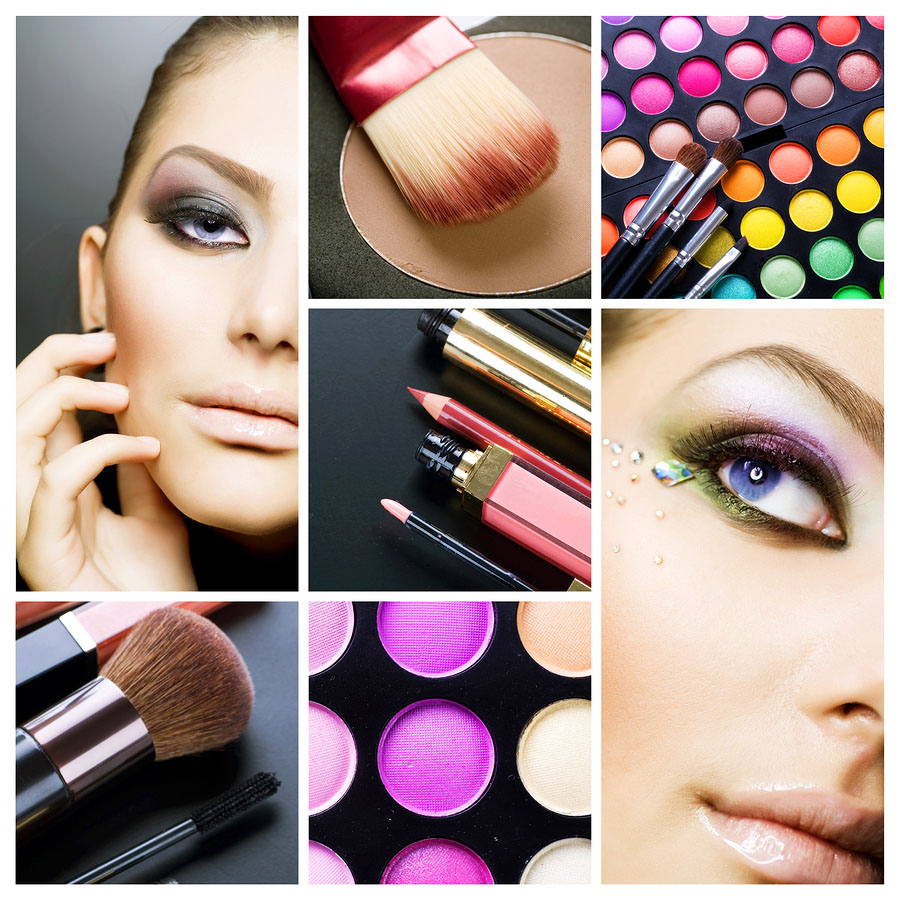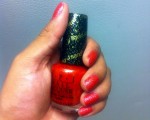
Key Takeaways
- Start Simple: Begin with single-color looks and gradually progress to using multiple shades. This helps build a strong foundation and boosts your confidence.
- Invest in Quality Tools: High-quality brushes are essential for precise, professional-looking results. They offer better control and prevent product waste.
- Practice and Experiment: Consistent practice and a willingness to experiment with new techniques, shades, and textures will help you master the art of blending eye shadow.
Eye shadow can take your makeup look to the next level, but blending it flawlessly can be tricky. Whether you’re a beginner or someone looking to refine your skills, mastering the art of eye shadow blending is essential. In this guide, you’ll learn 10 expert tips to create stunning eye looks with ease.
At Your Beauty Marks, we are committed to fashion sustainability and affordability, ensuring that you can achieve professional-looking results without breaking the bank. Read on to discover how you can elevate your eye makeup game with these simple yet effective techniques.
1. Master Single-Color Simplicity for Everyday Looks
First and foremost, start with just one eye shadow color to create clean, subtle looks perfect for work, school, or running errands. This approach is ideal when you’re short on time but still want a polished look. Additionally, mastering single-color simplicity helps you build a strong foundation before moving on to more complex techniques.
2. Use Darker Shadows to Add Definition and Depth
Next, learn how using darker shades in the crease or outer corner of your eyes adds instant dimension, making your eyes pop. This technique enhances your natural shape and creates a more dramatic appearance. Moreover, darker shadows can be your secret weapon for evening looks or special occasions.
3. Choose Similar Shades for Easy Blending
Furthermore, beginners should stick to eye shadow colors that are close in hue. Similar shades are easier to blend and create a more cohesive look without harsh transitions. For instance, if you’re using a light brown, pair it with a slightly darker brown to ensure a seamless blend.
4. The Importance of Testing Textures Before Application
Equally important is understanding that not all eye shadows are created equal. Before applying, test the texture of your eye shadow on the back of your hand to see how smooth or chalky it is. Smooth shadows are easier to blend and provide a more polished finish. This simple step can save you from potential makeup mishaps.
5. Invest in the Right Tools: Brushes vs. Fingers
Additionally, discover why using high-quality brushes is the best method for precise, professional-looking results. While sponges and fingertips can work, brushes give you more control and prevent product waste. Here are some essential brushes to consider:
- Blending Brush: Perfect for softening harsh lines and blending multiple shades.
- Crease Brush: Ideal for adding depth and definition to the crease area.
- Flat Shader Brush: Great for packing color onto the lid.
Investing in the right tools can make a world of difference in your eye shadow application.
6. Avoid Harsh Lines: Techniques for Seamless Blending
Moreover, mastering the technique of softening the edges between different shades is crucial. Whether you apply both colors at once or blend as you go, aim for smooth, invisible transitions. Here are some tips to avoid harsh lines:
- Use a Clean Brush: After applying your eye shadow, use a clean blending brush to soften the edges.
- Blend in Circular Motions: Small, circular motions help to diffuse the color evenly.
- Layer Gradually: Build up the intensity of your eye shadow gradually to avoid harsh lines.
By following these techniques, you can achieve a seamless, professional-looking blend every time.
7. Light vs. Dark: How to Create Contrast for Bigger Eyes
Furthermore, using a combination of light and dark shadows can make your eyes appear larger. Learn the proper placement of light shadows to open up your eyes and create a more balanced look. Here’s how:
- Light Shadows: Apply light shades to the inner corners of your eyes and the brow bone to highlight and open up your eyes.
- Dark Shadows: Use darker shades on the outer corners and the crease to add depth and definition.
This contrast not only makes your eyes look bigger but also adds a captivating dimension to your overall look.
8. Practice Makes Perfect: Start with Two Colors
Additionally, remember that no one is perfect at blending on the first try. Begin with two complementary shades and practice different blending techniques until you get the hang of it. Here are some steps to get you started:
- Choose Your Shades: Pick two shades that complement each other, such as a light beige and a medium brown.
- Apply the Lighter Shade: Sweep the lighter shade across your entire lid as a base.
- Add the Darker Shade: Apply the darker shade to the outer corner and blend into the crease.
- Blend: Use a clean blending brush to soften the edges and create a seamless transition between the two colors.
With consistent practice, you’ll soon master the art of blending and be able to experiment with more complex looks.
9. Common Blending Mistakes to Avoid
Moreover, it’s essential to be aware of common blending mistakes to achieve a smooth, natural finish every time. Here are some pitfalls to avoid:
- Over-Blending: Blending too much can muddy the colors and lose the definition. Aim for a balanced blend without overdoing it.
- Harsh Lines: Avoid harsh lines by using a clean brush to soften the edges between different shades.
- Mismatched Colors: Stick to complementary shades to ensure a cohesive look. Mismatched colors can create an unbalanced appearance.
By steering clear of these common mistakes, you’ll be well on your way to achieving flawless eye shadow blends.
10. Have Fun and Experiment with New Techniques
Finally, at the end of the day, makeup should be fun! Play with new shades, textures, and tools to find what works best for your unique style and eye shape. Here are some ways to keep your makeup routine exciting:
- Try Bold Colors: Don’t be afraid to experiment with vibrant shades that you wouldn’t normally wear.
- Mix Textures: Combine matte, shimmer, and metallic shadows for a multidimensional look.
- Explore Different Tools: Test out various brushes, sponges, and even your fingertips to see what gives you the best results.
Embrace the creativity and enjoy the process of discovering new techniques and styles that make you feel confident and beautiful.
Conclusion
By following these 10 expert tips, you’ll soon be blending your eye shadow with ease and confidence. Whether you’re going for a simple everyday look or something more dramatic, mastering the basics will elevate your makeup game. Remember, practice makes perfect, and don’t be afraid to experiment and have fun with your eye shadow looks.
Frequently Asked Questions
1. What is the best type of brush for blending eye shadow?
A high-quality blending brush is essential for softening harsh lines and creating seamless transitions between shades. Look for brushes with soft, fluffy bristles that can easily diffuse color.
2. How can I make my eye shadow last longer?
To make your eye shadow last longer, start with a good eye primer. This creates a smooth base for your shadow and helps it adhere better. Additionally, setting your eye shadow with a translucent powder can help lock it in place.
3. What should I do if my eye shadow looks patchy?
If your eye shadow looks patchy, it may be due to uneven application or poor blending. Make sure to apply a primer first, use high-quality shadows, and blend thoroughly with a clean brush. If needed, add more product gradually and blend as you go.
4. Can I use my fingers to blend eye shadow?
While you can use your fingers to apply and blend eye shadow, brushes generally offer more precision and control. If you prefer using your fingers, make sure they are clean and use a tapping motion to blend the product.
5. How do I choose the right eye shadow colors for my skin tone?
Choosing the right eye shadow colors depends on your skin tone and personal preference. Generally, warm tones like golds and bronzes complement warm skin tones, while cool tones like blues and purples suit cooler skin tones. Experiment with different shades to find what works best for you.
Tags: Eye Shadow




